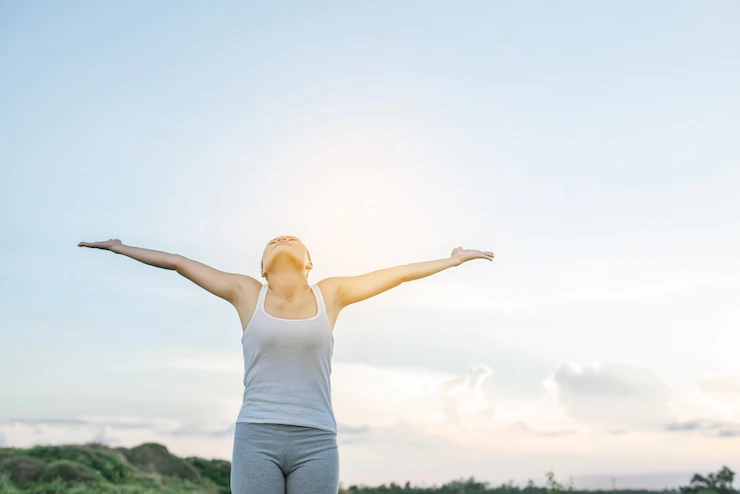
Hypermobility and Balance: How do they relate?2 min read
Does your balance seem a tad off? Could hypermobility be the reason? A deep dive reveals that hypermobility and balance are related, but the good news is we can address it.
Let’s unpack the relationship between hypermobility and balance and take practical steps to boost stability.
Understanding Balance and Stability
Balance isn’t just about avoiding a fall; it's the harmony between movement and stillness. While someone might maintain balance on a tightrope, stability ensures the foundation is secure. With hypermobility, building stability is the key to enhancing balance.
Connecting Hypermobility to Balance
Research underscores that hypermobility can influence side-to-side balance. If you have hypermobility and experience balance challenges, it’s time to be proactive. Adopting a tailored balance regimen could minimize fall risks and optimize day-to-day activities requiring balance and stability.
Three Go-to Exercises for Balance & Stability
Safety first! Before embarking on balance exercises, ensure a safe environment. Solid ground and nearby support (like a wall) are essential. Start with shoes on for added grip.
- Static exercise: Here, the goal is to maintain a balanced posture. Choose between both feet together, one foot in front, or standing on a single foot, depending on your comfort level.
- Dynamic movement: Add some action. Walk with one foot in front of the other, both forward and backward, focusing on controlled, stable movements.
- Uneven ground: Practice the above exercises using a soft mat or similar platform. The uneven surface introduces a new challenge to balance.
A sporadic, dedicated approach works wonders. Instead of lengthy sessions, sprinkle 2-3 minute exercises throughout your day. Sync them with daily activities, like brushing teeth or chatting on the phone, for best results.
No Equipment? No Problem!
Who says you need fancy gear for balance exercises? Get innovative with household items:
- Towel: Roll a bath towel and secure it with duct tape.
- Decorative Pillows: Firmer than regular pillows, they offer an uneven surface.
- Natural Materials: River rock, woodchips, or other landscape materials can mimic uneven terrain.
Using Fingertips for Balance: Is it "Cheating"?
Need a finger's support while balancing? It's all good. Fingertips can provide a slight, essential support that helps improve balance over time. Think of it as a training wheel – useful until you’re ready to go solo.
Balancing Rules for Those with Hypermobility
- Center Yourself: Use your core and hips for balance, keeping your feet relaxed.
- Posture Matters: Leaning backward can disrupt balance. Focus on staying forward, letting gravity do its part.
Although it may seem easy to fall into this category of “having poor balance” because of your Hypermobility, it is always best to avoid the label and understand that this is something that can be changed and controlled.
Developing good balance and stability will keep you safe from falls and allow you to live life to the fullest without the fear of injuring yourself.
How do you currently feel in regards to your balance and stability?





My balance is off because my right side has issues tear in my labrum out of my hip, sciatica, SI joints, and pelvis. I also just fell forward last Wednesday but landed on my knees and palms of my hands
I am very clumsy, my balance seems off as I nurse the right hip/pelvis/SI/sciatica